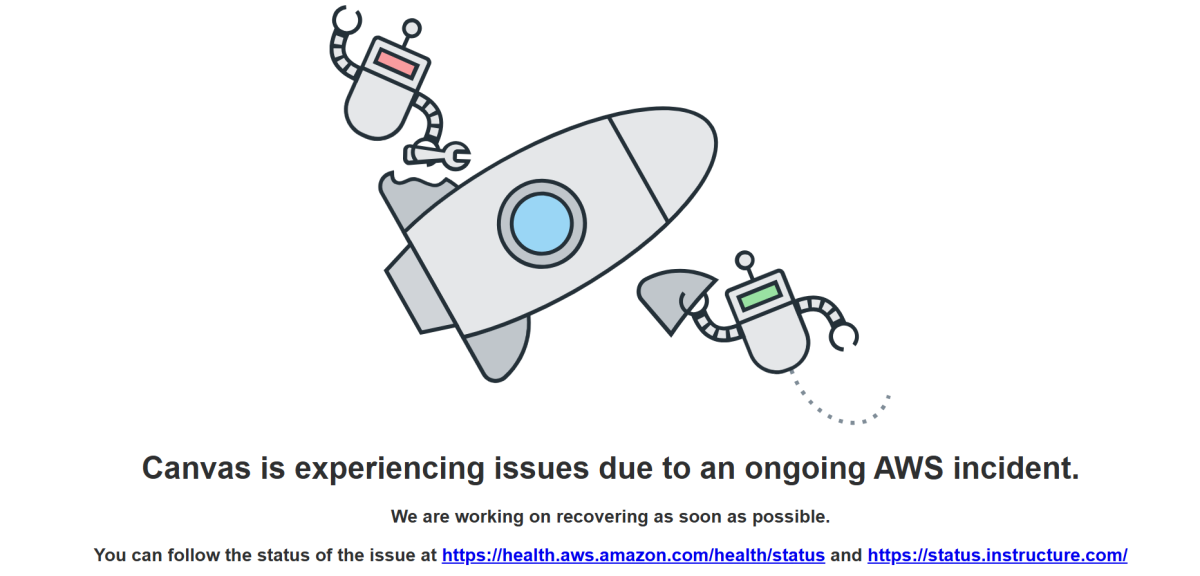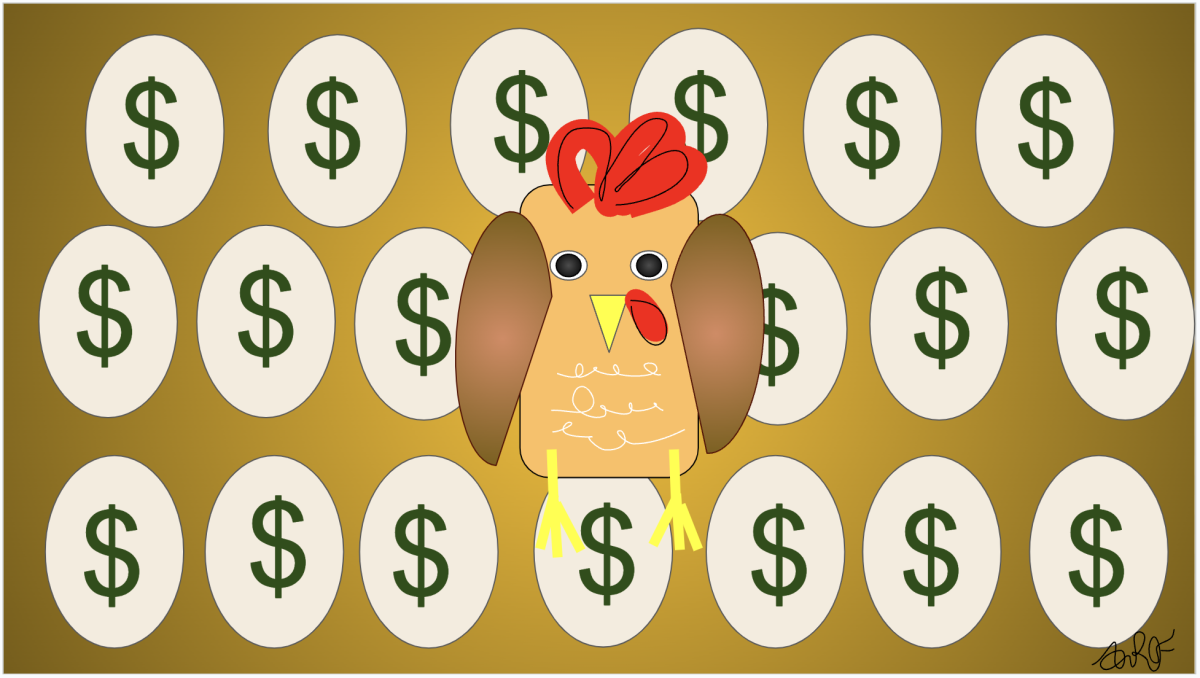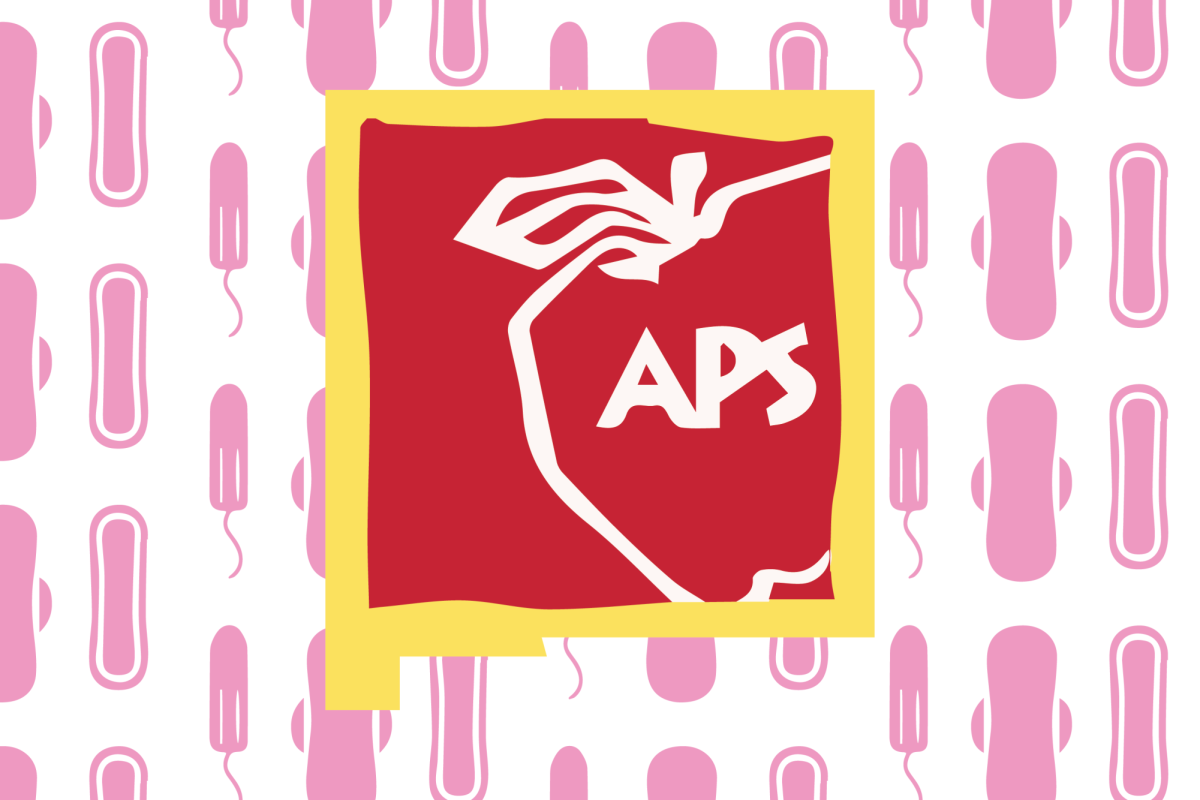On October 20, 2025, disaster struck when Canvas shut down. Every course page became unavailable, and teachers desperately started sending emails to students reminding them of homework. Even though teachers tried to stick to their lesson plans, there were still many assignments that couldn’t be completed because of the heavy reliance on technology.
The shutdown was extensive and included many other websites besides Canvas. Duolingo and Snapchat streaks were lost, McDonald’s orders were put on hold, and, worst of all, people couldn’t watch the latest Dancing with the Stars episode because Hulu was down.
Why did this terrible series of events happen? This large-scale shutdown was caused by issues with Amazon Web Services (AWS). AWS is the biggest cloud provider, taking up around 30% of the market. This cloud computing platform provides a basis for many web services. It allows companies to use Amazon’s resources, such as computing power and data storage, without needing to build their own data centers. Because of the number of companies that rely on AWS, when the platform started having issues, it affected all the companies connected to it. Luckily, AWS was able to return to normal operations in less than twenty-four hours.
The problem and cause of the shutdown originated from a bug in the automation software. Failing to automatically repair, the bug required manual intervention, lengthening the outage. The internet was designed to be reliable and resilient, but events like these expose the weak points. We are placing all our trust in one platform, which makes the cloud lose its reliability. The whole cloud is mainly made up of three companies (Amazon, Azure, and Google Cloud), which makes the effects immense when a problem occurs within one of these companies’ servers. Even though this outage lasted less than a day and didn’t have major consequences, it is a reminder that the internet is not as reliable as it seems, and we should not place all our eggs in one basket.








